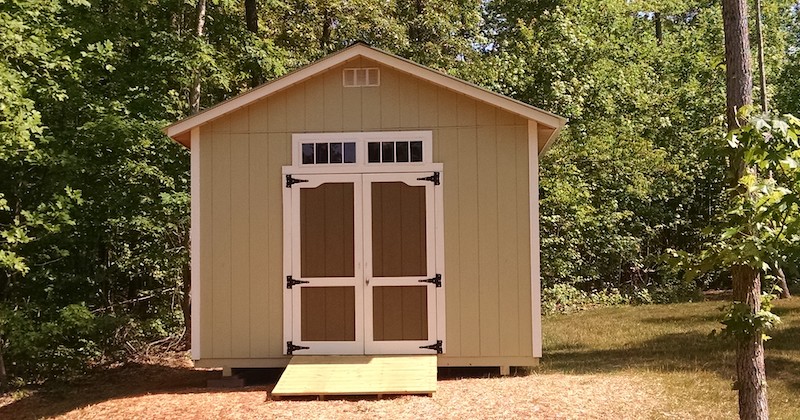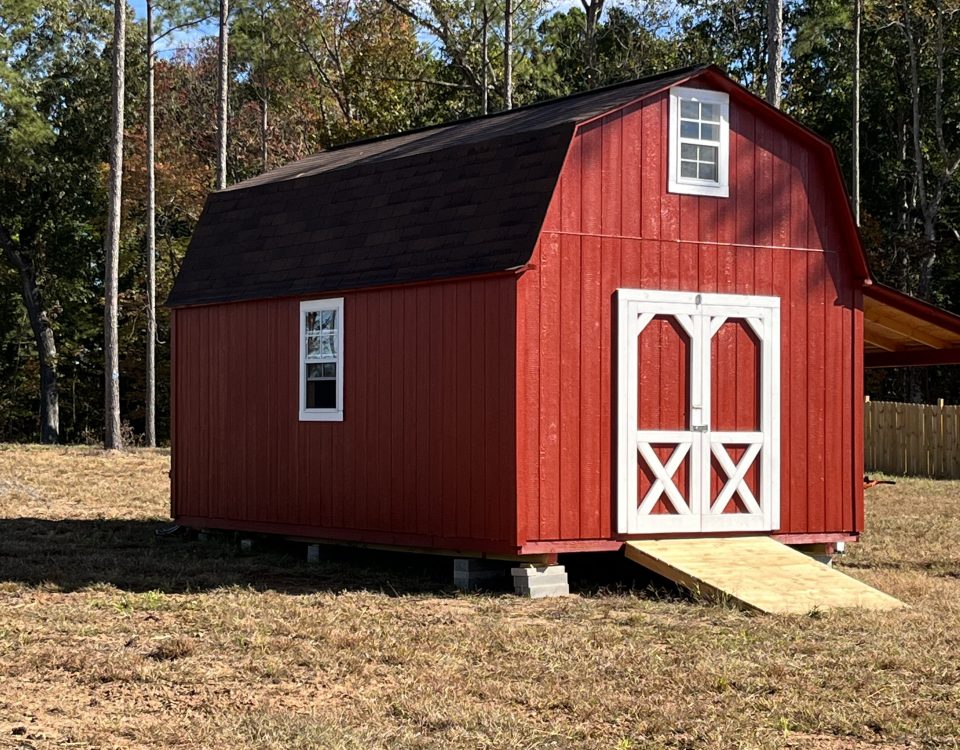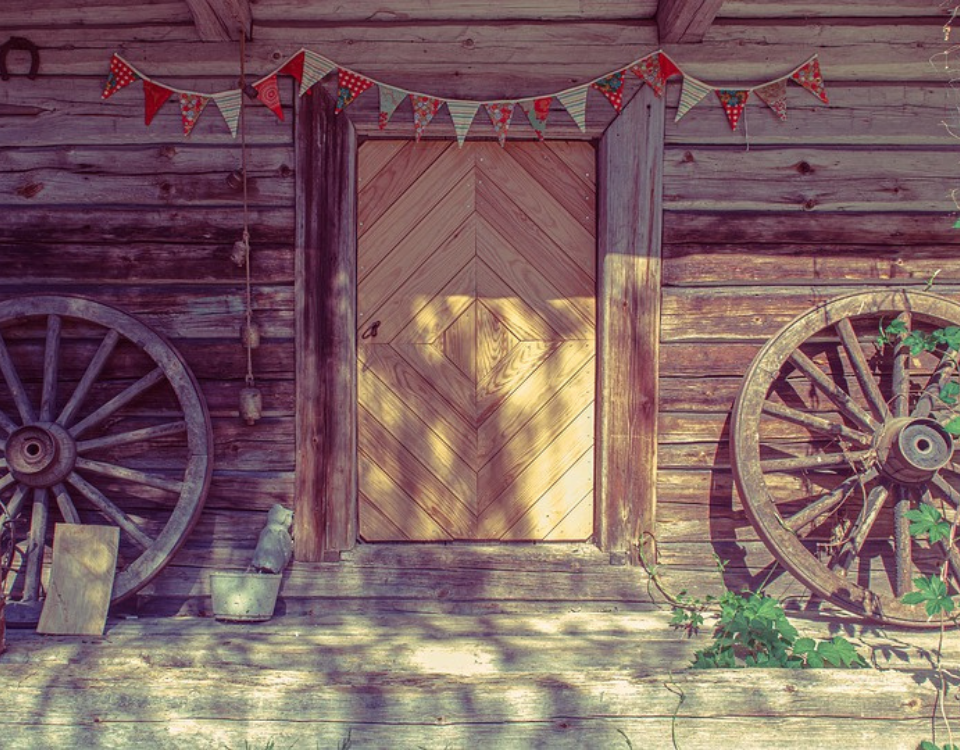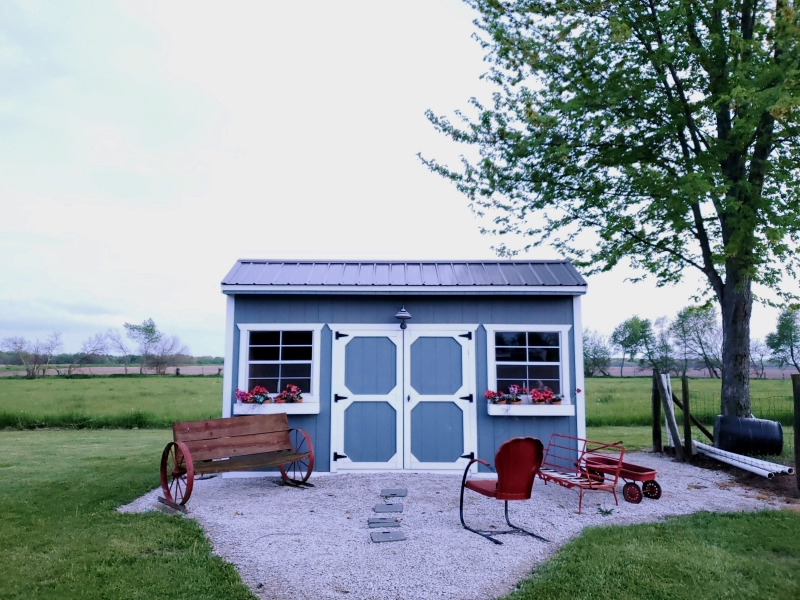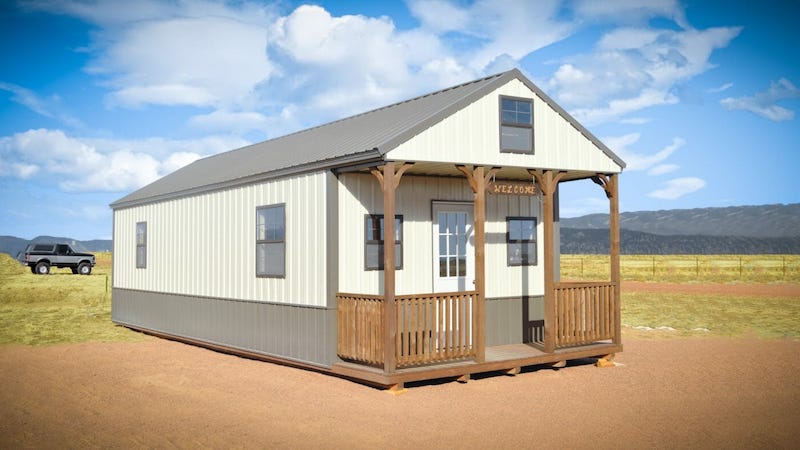
The Difference Between Standard Utility Sheds and Those Constructed by Barnyard Utility Buildings
February 7, 2019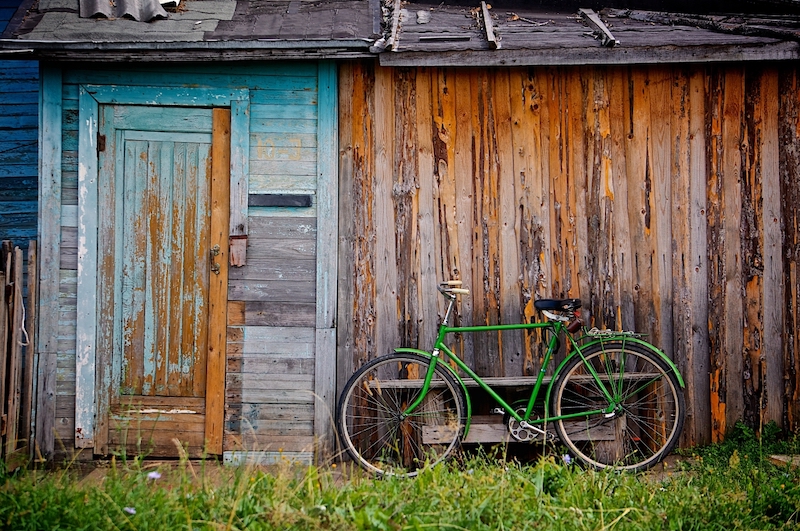
When Is The Best Time To Buy A Storage Shed?
May 10, 2019Chances are that when you bought your outdoor shed, you had visions of storing just about everything in there. After all, what’s the point of a utility storage shed in Charlotte if you can’t cram it with anything you can imagine?
Well, storage shed owners quickly find out there are a few things you don’t need to stick in there. And if you’re not careful, you can end up with everything from an inconvenient mess to damage to the shed itself.
Wondering just what these “don’t store” items are? Keep reading to discover our guide to what not to store in your outdoor utility storage shed!
Works of Art
Are you or a member of your family an artist? Over time, it can be difficult to find a place to store all of the artwork. However, take it from us: a storage shed is the last place to store works of art.
The reason for this is simple: canvas and other art mediums can be damaged when exposed to too much heat or moisture. It’s why art galleries are always temperature controlled. Your utility storage shed? Not so much.
If you really care about keeping that artwork safe, you’ll need to store it in the house or somewhere else where the temperature is nice and consistent.
Cardboard
At first, putting cardboard boxes in your utility storage shed seems like a great idea. After all, many of the things inside your house may be already packed in cardboard, so it’s tempting to simply move everything from inside the house to inside the shed.
However, there are many problems with putting cardboard in a storage shed. The cardboard itself may start molding, and if any water gets into the shed, it can easily get water damage. However, the worst thing is the insects.
Cockroaches and other nasty pests absolutely love cardboard. Not only will they infest your stuff, they might just infest your house if you end up bringing the cardboard back into the house!
Food (of Any Kind)
This next one may be a no-brainer, but we felt it was worth pointing out: never put food in your utility storage shed. This is an idea that is bad on many different levels.
First, that changing temperature that we mentioned earlier is likely to make your food spoil. And you might not know it until you taste it, meaning you are risking a major health infection.
And don’t forget the critters. Keeping food outside, even in a shed, is an open invitation to insects, pests, and pretty much any living thing to come enjoy the buffet. As with cardboard, storing food is an invitation to getting your shed infested.
Paint
Sure, we discussed why you shouldn’t leave painted art inside a utility storage shed. However, you might be asking, what about paint itself? Unfortunately, the answer to this is also “no.”
It’s tempting to leave paint cans inside a storage shed because they take up so much space inside your home. However, the paint in the can is just as vulnerable as the paint on the canvas is to things like changes in temperature.
Therefore, the extreme cold of winter and heat of summer can end up ruining your paint. And you might not even notice until you try to paint again and notice that is has become nasty and curdled.
Instruments
Ah, instruments. Every family takes pride in their children when their children are learning music. Eventually, though, the instrument needs to be stored somewhere. Is the storage shed a good place to do it?
Sadly, no. No matter what kind of instrument it is, the storage shed can be dangerous for its longterm health. Is it a wooden instrument? The wood may become soft and the glue may become weak, deforming the instrument and making it unusable. Think about a guitar with a deformed neck and you’ll get the picture.
What about brass instruments? The moisture and humidity of your storage shed may make those instruments corrode. The final result is the same: an instrument that can no longer be used.
Photos
Nowadays, everyone wants to go digital with photos. However, there is still something special about holding a real photo in your hands and remembering the day it was taken.
Over the decades, family photos tend to pile up. And (you guessed it) many families are tempted to put these photos in their utility storage shed for safekeeping.
Unfortunately, this is one of the quickest ways to ruin those photos. Once more, the main culprit is changes in temperature: in this case, such changes can make your photos stick together. In some cases, the photos may develop mold and ultimately be ruined forever.
Special Documents
In your lifetime, there are a ton of documents you are told to always keep safe. This includes social security cards, passports, birth certificates, house deeds, and so on. And it’s tempting to put them in a storage shed so that they might survive something like a house fire.
Unfortunately, a storage shed may eventually damage these special documents. That risk of warping and mold that affects the other items on this list also affects these items. Plus, your storage shed is less secure than the house itself, so keeping all of these documents outside means they may easily be stolen.
Our advice? Keep those kinds of things in a fireproof safe inside your bedroom.
Upgrade Your Utility Storage Shed
We have a pretty solid list of things you should never put in your average utility storage shed. However, there are a few exceptions depending on the kind of shed you have.
So far, we’ve been assuming you have a normal and “off the rack” shed. This leads to vulnerabilities regarding humidity and temperature. However, it’s possible to add insulation and humidity control to your shed (though this adds to the cost). If done right, most of the items on this list can be safely secured in a modified storage shed.


